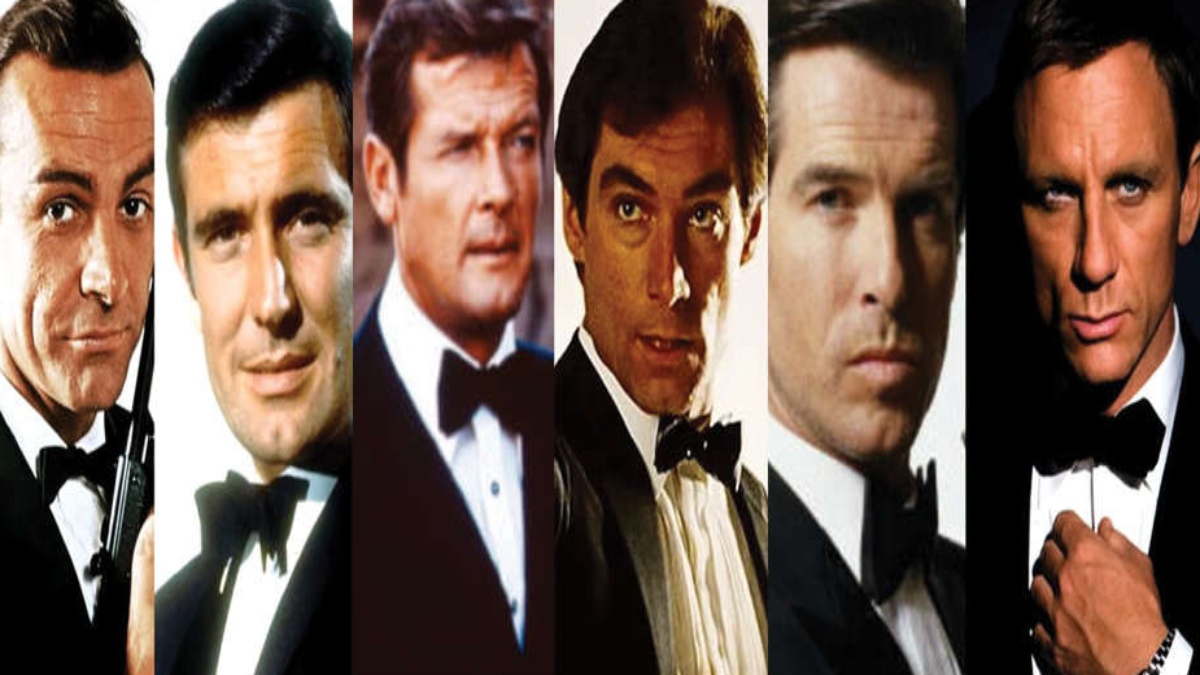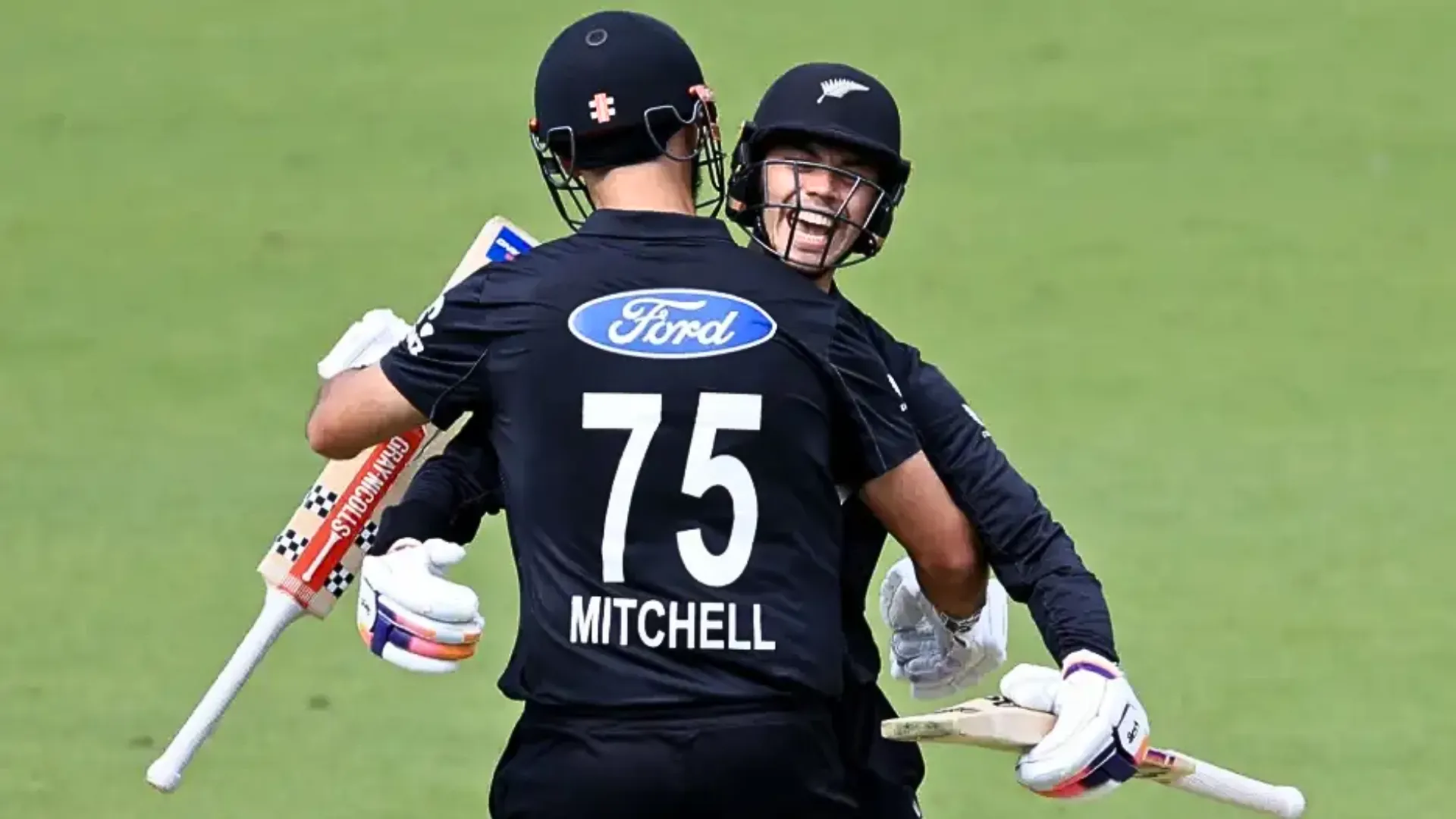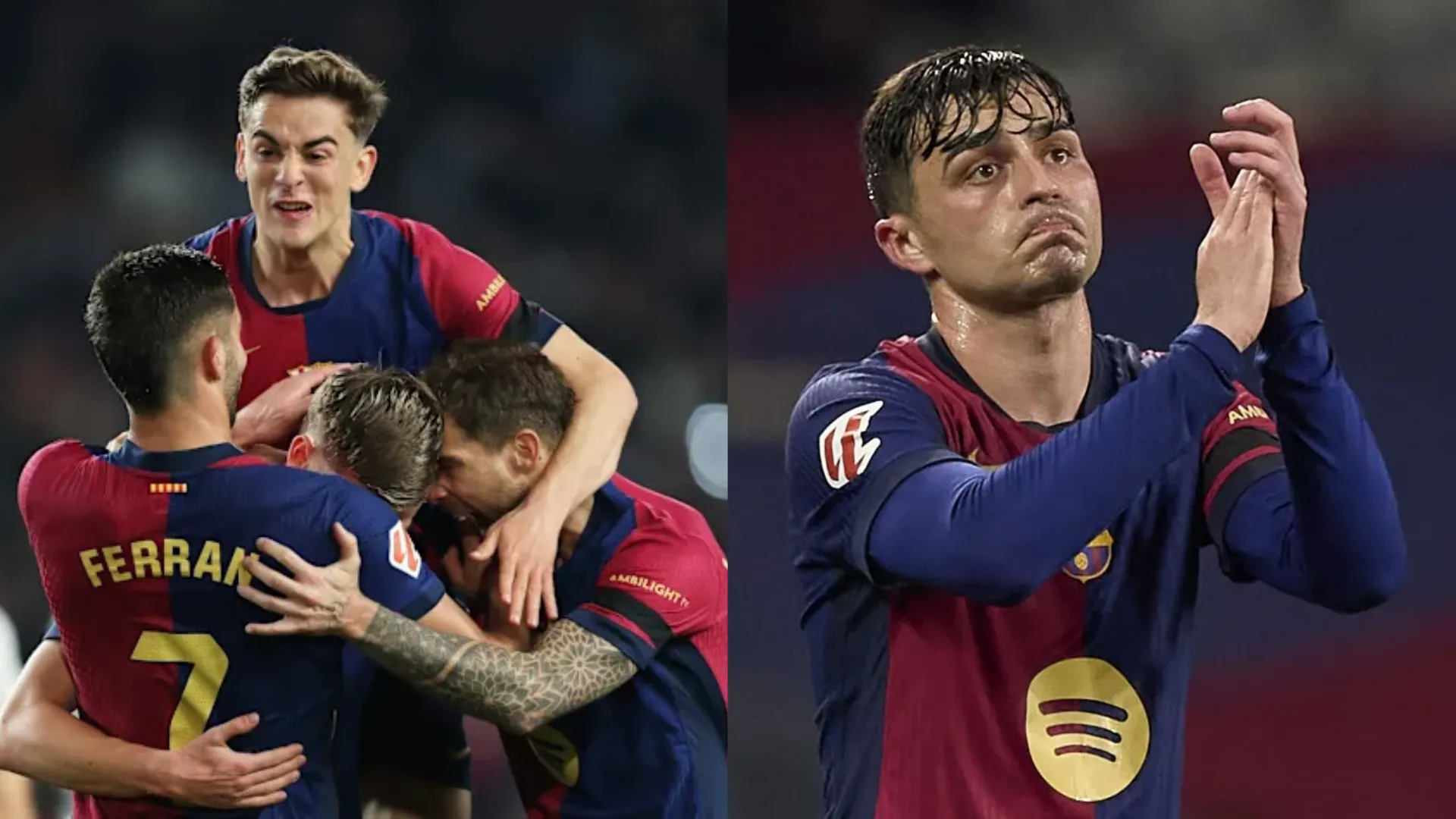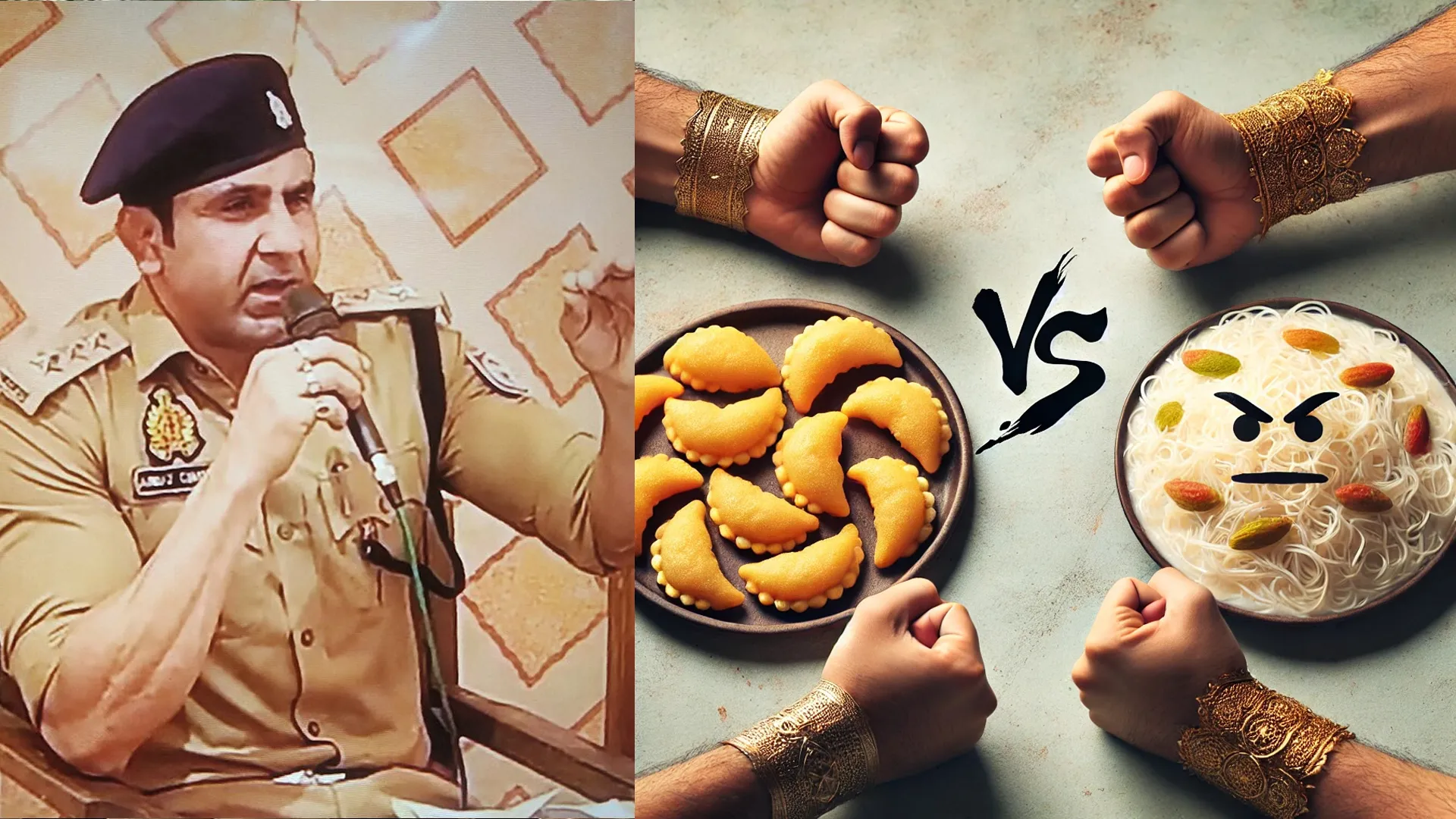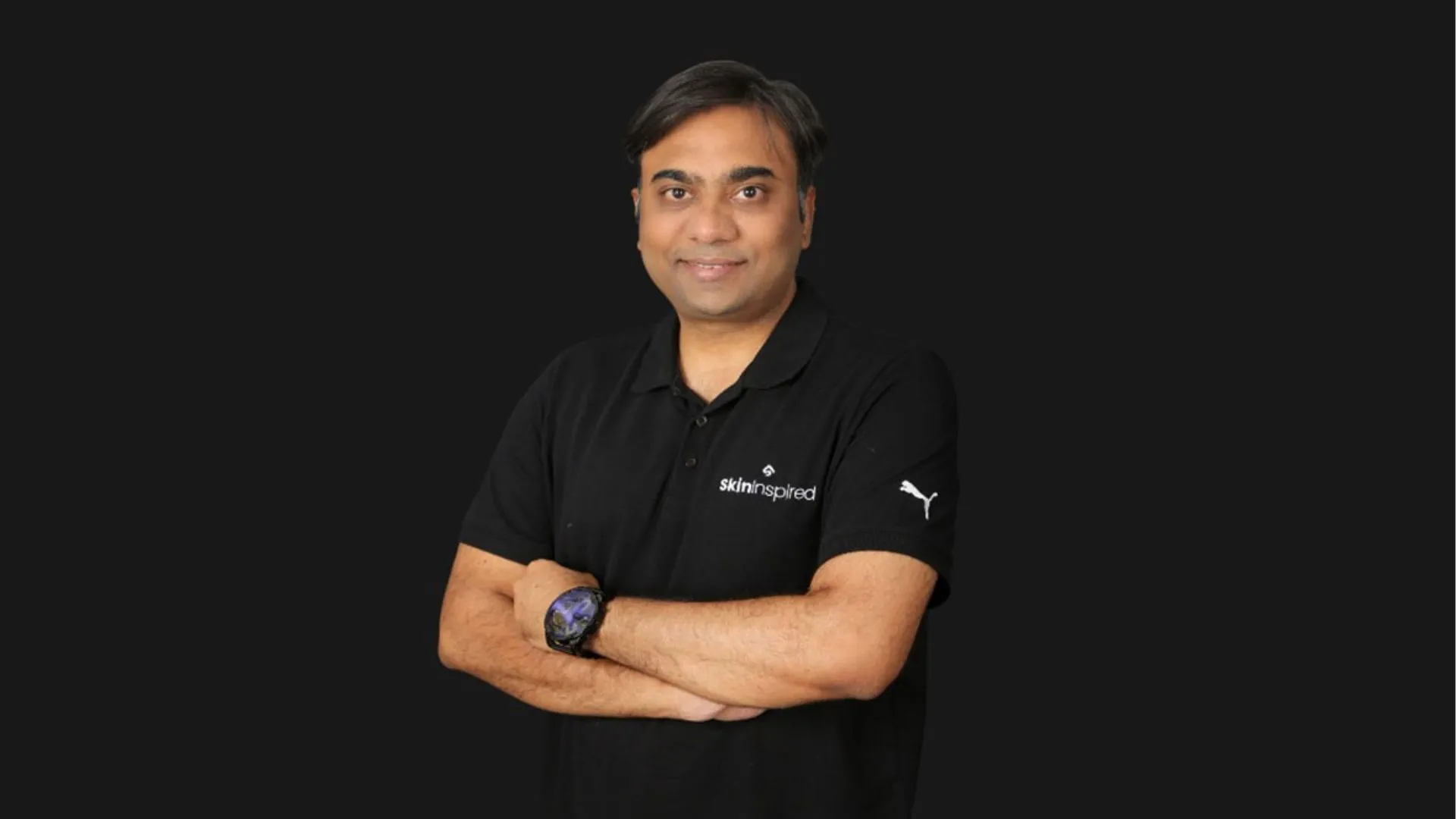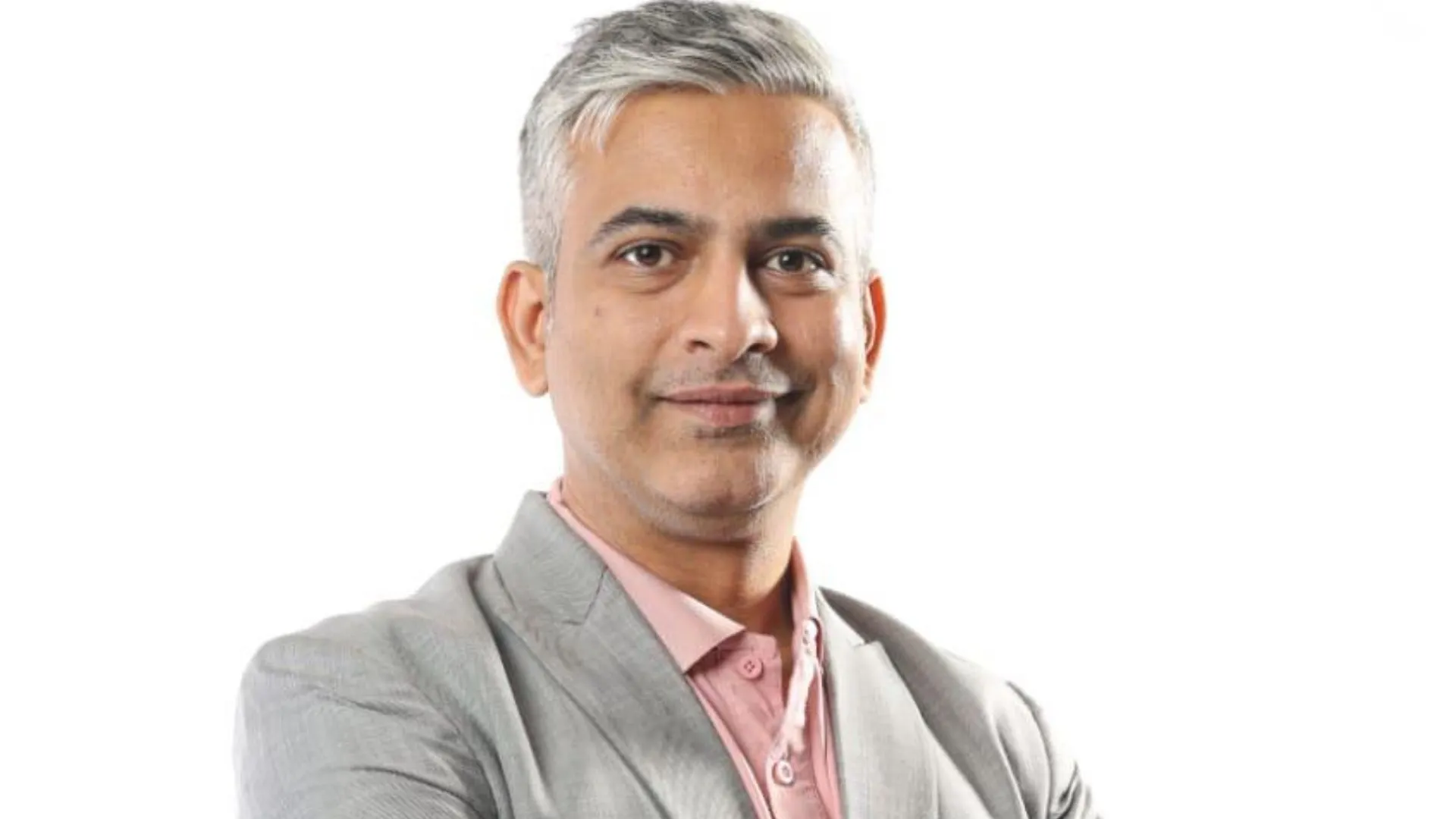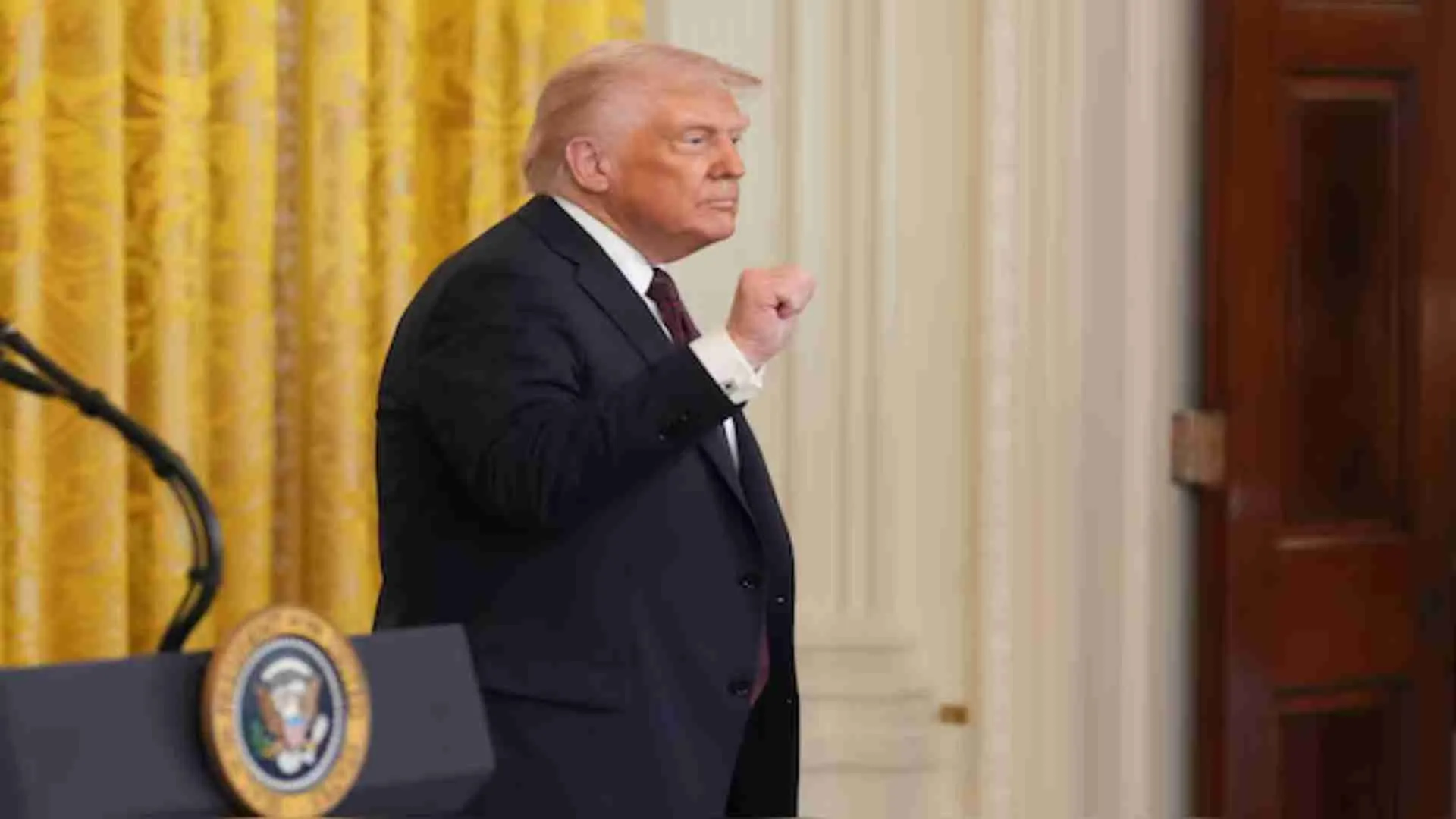The innings of the longest-serving James Bond come to an end with ‘No Time to Die’, which is overall the 25th film in the James Bond film series. Daniel Craig’s 15 year-long runs as ‘007’ saw a total of 5 films starting with the 2006 film Casino Royale. It was followed by Quantum of Solace (2008), Skyfall (2012), and Spectre (2015). In comparison, Roger Moore starred in 7 James Bond films between 1971 and 1983 viz. Live and Let Die (1973), The Man with the Golden Gun (1974), The Spy Who Love Me (1977), Moonraker (1979), For Your Eyes Only (1981), Octopussy (1983), and A View to a Kill (1985). Sean Connery, on the other hand, starred in 6 official ‘007’ films between 1962 and 1971 viz. Dr. No (1962), From Russia with Love (1963), Goldfinger (1964), Thunderball (1965), You Only Live Twice (1967), and Diamonds Are Forever (1971).
Speaking of the other three actors to play James Bond, Pierce Brosnan starred in 4 Bond films viz. Golden Eye (1995), Tomorrow Never Dies (1997), The World Is Not Enough (1999), Die Another Day (2002), Timothy Dalton in just 2 films viz. The Living Daylights (1987) and Licence to Kill (1989), and George Lazenby’s sole outing as 007 was On Her Majesty’s Secret Service (1969). While Connery is widely regarded as the greatest Bond ever, there are also those who favor Moore and Brosnan. Perhaps what made Connery stand out is the rare combination he offered: tall built, muscular physique, finesse, elegance, and charisma. In the words of Honor Blackman, who essayed Pussy Galore in the first James Bond film Dr. No (1962), “He was exceedingly handsome, virile and sexy and that really was the tenor of what the script was always trying to display.”
Needless to say, Connery was a complete package, and all other actors who have played Bond since Connery seemed to have lacked one thing or the other. While Moore lacked his toughness, Lazenby lacked Connery’s charisma. Dalton, to his credit, brought the most realistic Bond to the fore, a burn-out killer with enough gas left for one final mission. But for a film franchise that wants to grab as many eyeballs as possible, Dalton’s interpretation, as close as it was to Ian Fleming’s Bond, wasn’t ideal. His successor Brosnan is all charm and charisma. With the coolest and the deadliest gadgets at his disposal, Brosnan’s Bond is really the undisputed king of escapist entertainers. And, regardless of what anyone says, his Bond girls are the edgiest of the lot. Think of the dangerous Xenia Onatopp (essayed by Famke Janssen) who loves killing men for her pleasure or Sophie Marceau’s evil Elektra King who is master of seduction and fully capable of beating Bond at his own game or Rosamund Pike’s duplicitous Miranda Frost—a character that would become the perfect precursor for Pike’s Oscar-nominated part of Amy Dunne in David Fincher’s Gone Girl more than a decade later.
Now, Brosnan’s flamboyance kind of became redundant in the post 9/11 world which demanded a more grounded persona for James Bond. And in came Daniel Craig who brought a certain ruggedness to the character of 007. His James Bond debut Casino Royale is all about yanking Fleming’s Bond from the dizzying heights he seemed to have attained using Q’s gadgets to the reality of fighting in the streets and for that matter even in the men’s room. Casino Royale pitted Bond opposite Eva Green’s Vesper Lynd and the chemistry the two of them shared is both tenders as well as electrifying. In the literary world of Ian Fleming, Lynd is often described as the only woman Bond ever loved. But as far as the 007 films are concerned, the first woman that Bond ever fell in love was Tracy di Vicenzo who interestingly went on to became Mrs. Bond (Tracy’s the only woman to have brought 007 on his knees for making a marriage proposal) even though the union was short-lived owing to her death at the hands of Bond’s nemesis Ernst Stavro Blofeld’s henchwoman Irma Bunt.
When Bond began an affair with Dr. Madeleine Swann in Spectre it’s a little difficult to say if it’s another fling or the beginning of something serious. But we finally get the answer at the beginning of No Time to Die. Bond has indeed fallen in love again and is enjoying a rather intimate courtship with Dr. Swann. En route to Matera, Italy when Madeleine tells Bond to speed up, he makes a reference to the heartbreaking scene from On Her Majesty’s Secret Service when Lazenby’s Bond who holds a dying Tracy in his arms for one last time whispering, “There’s no hurry, you see, we have all the time in the world.” From that point onwards it becomes pretty obvious that No Time to Die is going to have thematic similarities to On Her Majesty’s Secret Service.
Now, On Her Majesty’s Secret Service may not be the quintessential James Bond film but it’s certainly the most unique and original Bond film of all time. Rarely has a 007 film come close to matching the poignant show of emotions that’s on display here. And No Time to Die tries very hard to emulate it. Its first 30 minutes are arguably the most exhilarating 30 minutes in the history of the James Bond franchise. It is also the most romantic and heartbreaking. But then it all begins to fizzle out once Bond and Madeleine are forced to part ways. The two unite once again about an hour later but by then it’s already a little late. However, Léa Seydoux does succeed in ensuring that her Madeleine becomes the best Bond Girl of all time along with Eva Green’s Vesper and Diana Rigg’s Tracy. The scenes that Seydoux shares with Craig are really the high point of No Time to Die.
No Time to Die can best be described as a bits and pieces film that leaves a lot to be desired. There is so much in the movie that seems to be borrowed from the Mission: Impossible films. Rami Malek’s Lyutsifer Safin joins a long list of weak Bond villains from the Craig era. Perhaps, the only exception is Mads Mikkelsen’s Le Chiffre from Casino Royale. Phoebe Waller-Bridge’s presence in the writing department does help with the female characters in No Time to Die. Also, the strong influence of On Her Majesty’s Secret Service works to the advantage of No Time to Die and it also includes the film’s background music which bears an uncanny similarity to the background music of On Her Majesty’s Secret Service. No Time to Die is far from being a great Bond film but it’s certainly a fitting end to Daniel Craig’s decade and a half long tenure as 007.

